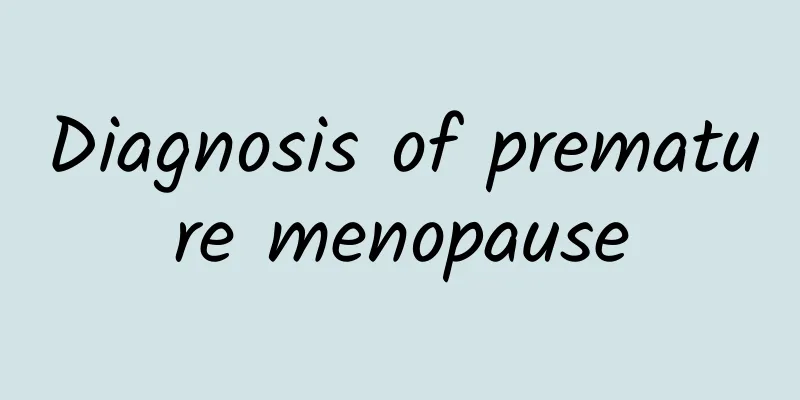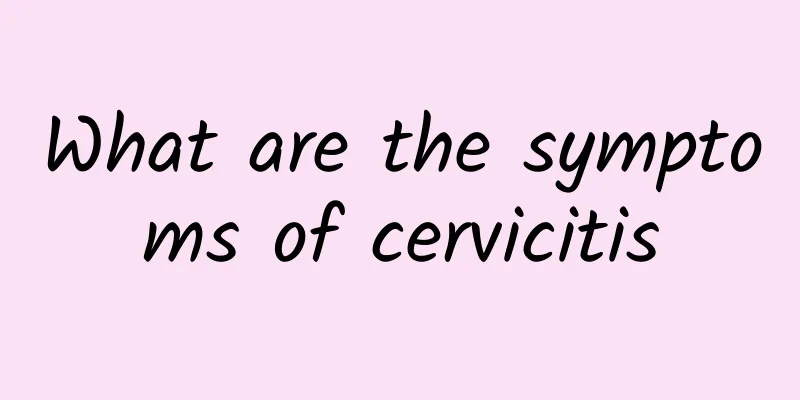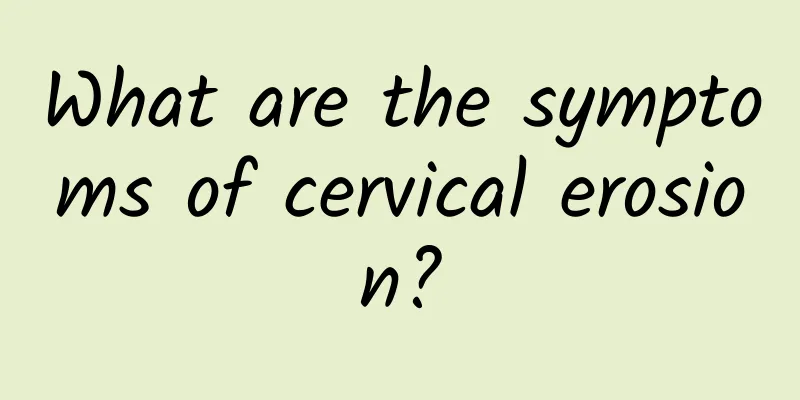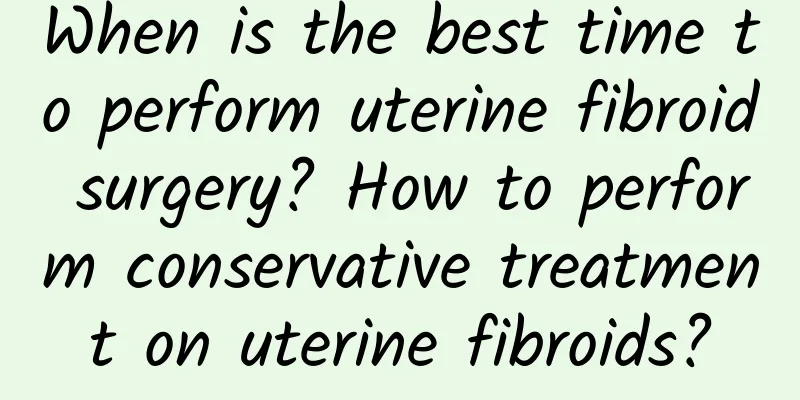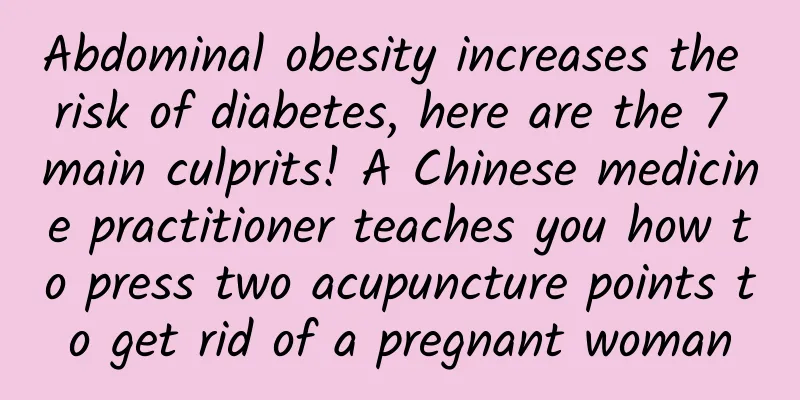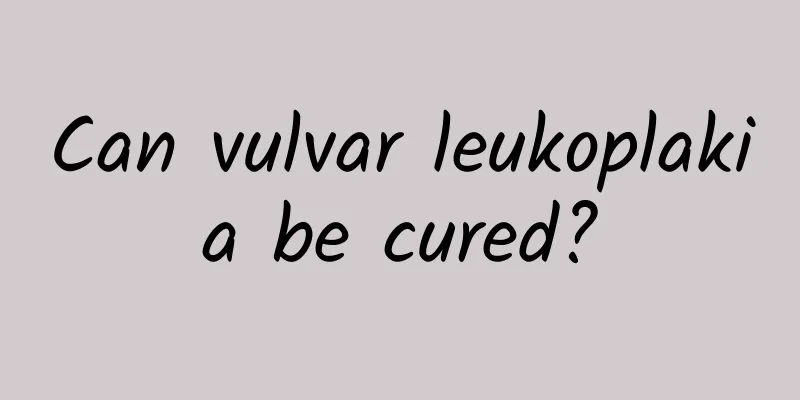Estrogen for the treatment of functional uterine bleeding in adolescence

|
Dysfunctional uterine bleeding in adolescence is mainly treated conservatively. Currently commonly used methods include artificial cycle therapy with traditional Chinese medicine, hormone therapy, etc. Estrogen can be used to treat functional uterine bleeding in adolescence. Effects of estrogen The use of large doses of estrogen can quickly increase the estrogen concentration in the blood, promote the growth of the endometrium, repair the wound and stop bleeding in a short period of time. It is suitable for those with endogenous estrogen deficiency and can also be used to treat functional uterine bleeding in adolescence. How to use estrogen At present, the most commonly used drugs are conjugated estrogen 1.25-2.5 mg, once every 6 hours, and the amount is reduced by 1/3 every 3 days after the bleeding stops, until the maintenance dose is 0.625-1.25 mg/day. Diethylstilbestrol 1-2 mg can also be used, once every 6-8 hours, and the amount is reduced by 1/3 every 3 days after the bleeding stops, and the maintenance dose is 1 mg; the disadvantage of taking a large amount of diethylstilbestrol orally is that the gastrointestinal reaction is severe, the drug absorption is slow, and it is not easy to take effect quickly. If necessary, micronized 17β-estradiol, conjugated estrogen, or estradiol benzoate 4-8 mg/day can be taken orally, divided into 2 intramuscular injections, and the daily dose is reduced by 2 mg to 2 mg/day, and then diethylstilbestrol is used to maintain the dose of 1 mg/day. Medication time for adolescent functional uterine bleeding All the above-mentioned methods of administration are applied until 20 days after hemostasis, and can be appropriately extended for anemia. Regardless of the type of estrogen treatment used, progestogen is added 2 weeks after hemostasis to convert the endometrium into the secretory phase. Oral medroxyprogesterone 10 mg can be used once a day or intramuscular injection of progesterone 10 mg once a day, and both are stopped for 7-10 days. The simultaneous withdrawal of estrogen and progesterone is conducive to the synchronous shedding of the endometrium, and withdrawal bleeding usually occurs 3-7 days after stopping the drug. |
<<: Precautions for treatment of patients with secondary amenorrhea
>>: Endometrial thickening may occur in patients with functional uterine bleeding
Recommend
What medicine should I take if I have anemia and uterine fibroids? How can I take medicine if I have anemia and uterine fibroids?
What medicine should I take if I have anemia and ...
Will eating honey make you fat? 5 major myths busted at once!
Honey is fragrant and sweet. It can be made into ...
Does a detox breakfast work for losing weight? Nutritionist: This is the right way to eat breakfast
There are many ways that celebrities use to detox...
Do you know what are the specific health care measures for ectopic pregnancy?
Do you know what are the specific health care mea...
What are the folk remedies for treating pelvic peritonitis?
Most women suffer from gynecological inflammation...
Best hospital recommendation for spontaneous abortion
The explosion of hormones, the temptation of sex,...
What are the common symptoms of adnexitis?
Before treating adnexitis, we must be clear that ...
[Video version] It’s easier to gain weight as you get older! Increase your basal metabolic rate with these 5 foods
Many people should be familiar with the term &quo...
The triggering factors of vulvar leukoplakia are not very simple
Vulvar leukoplakia can seriously endanger the phy...
Signs of bacterial vaginosis
Do you think there is only one type of bacterial ...
Causes of ovulation bleeding
What are the causes of ovulation bleeding? Genera...
30 years old is the high-risk age for uterine fibroids
Women over 30 are at high risk of uterine fibroid...
Burning carrot legs! Boxing aerobic side kick fat burning
The rapid aerobic explosive power of boxing is fa...
How to Check for Ectopic Pregnancy
How to check for ectopic pregnancy? A typical ect...
When the cold wave comes, drinking ginger tea is the best way to keep warm? This is the No. 1 one! 4 Benefits of Ginger Tea You Must Know
When a cold wave hits, drinking a cup of hot ging...
